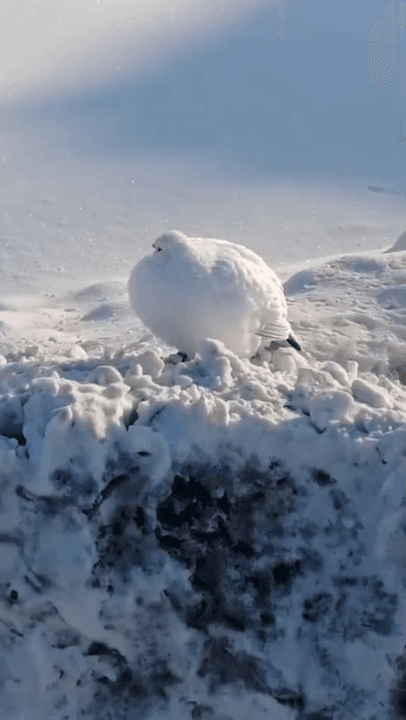
The Enigmatic White Ptarmigan (Lagopus lagopus): A Master of Arctic Survival The White Ptarmigan, scientifically known as Lagopus lagopus, is a fascinating bird that thrives in some of the harshest
Post: 4 January 20:29

Post: 4 January 20:29

Post: 27 May 12:51

Post: 12 May 08:51

Post: 14 August 16:11

Post: 25 August 07:32

Post: 19 August 14:30

Post: 18 August 10:15

Post: 14 August 11:48

Post: 12 July 08:33

Post: 12 May 21:15

Post: 13 May 14:07

Post: 22 August 09:01

Post: 18 August 19:44

Post: 18 August 13:39

Post: 14 August 14:30

Post: 9 June 10:06

Post: 22 August 12:36

Post: 14 August 14:52

Post: 23 May 11:11

Post: 10 May 20:23

Post: 25 October 10:10

Post: 14 May 11:40

Post: 31 July 09:08

Post: 15 June 12:57

Post: 14 August 11:46

Post: 19 May 14:52

Post: 2 September 14:39

Post: 22 August 08:32

Post: 31 July 14:15

Post: 31 July 12:07

Post: 3 November 15:54

Post: 2 September 10:14

Post: 18 August 10:17

Post: 14 August 16:03

Post: 14 August 14:48

Post: 14 August 13:23

Post: 14 August 11:36

Post: 30 July 13:38

Post: 13 May 12:31

Post: 9 May 16:59

Post: 20 August 14:47

Post: 20 August 14:44

Post: 14 August 12:49

Post: 3 June 14:39

Post: 3 June 11:32

Post: 28 May 12:40

Post: 28 May 12:33

Post: 27 May 12:41

Post: 26 May 19:41

Post: 23 May 11:28